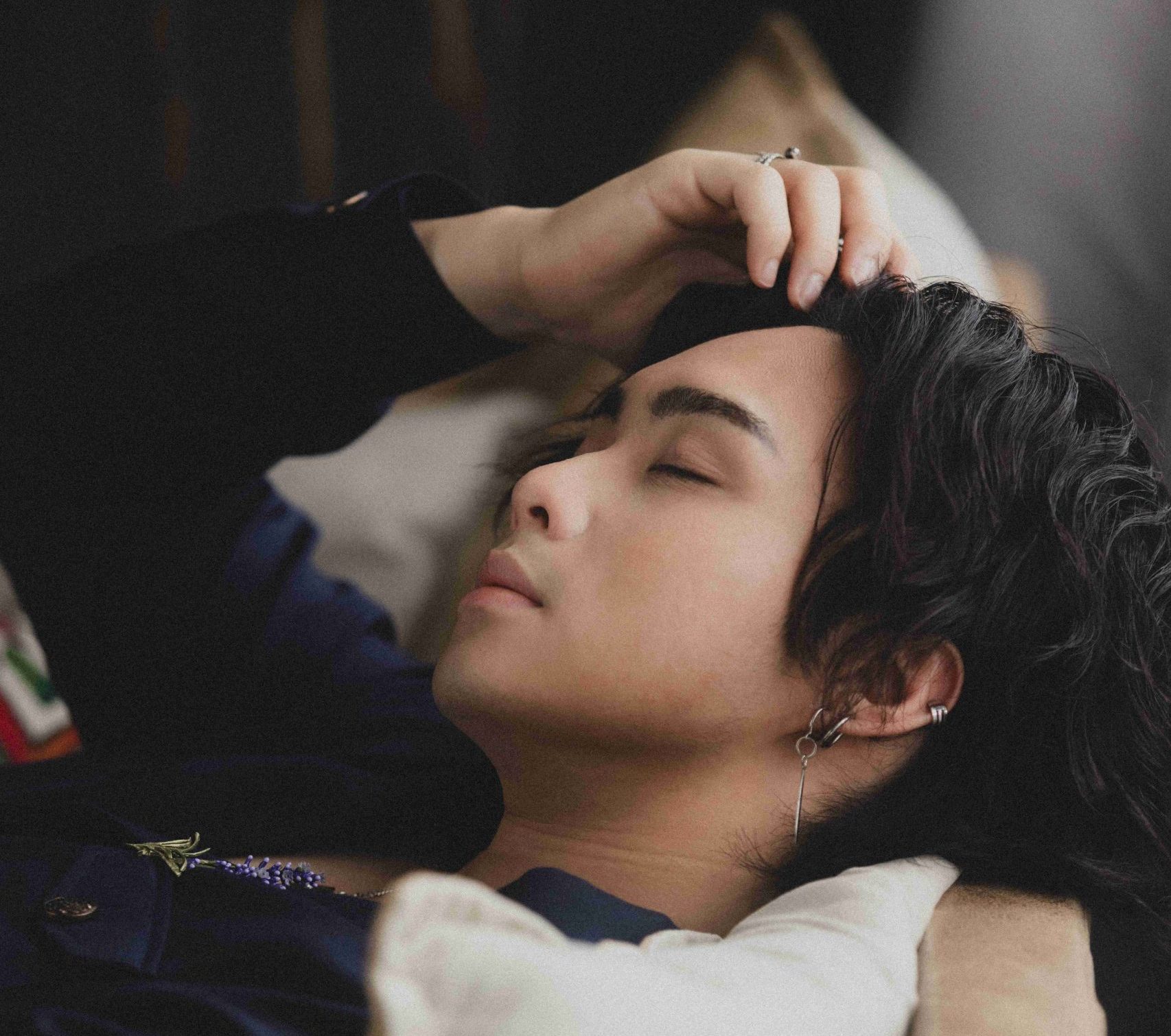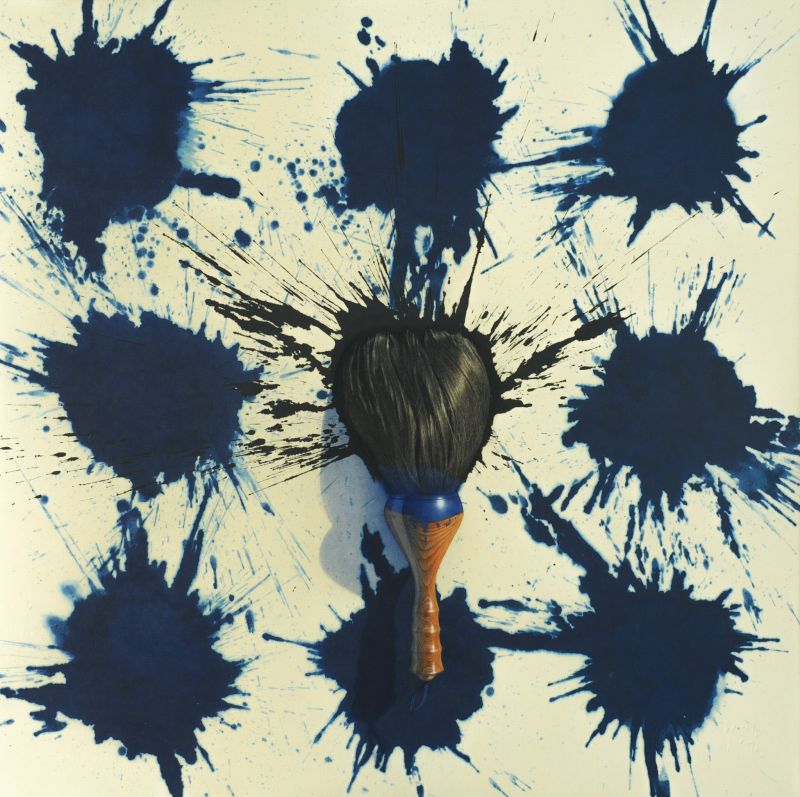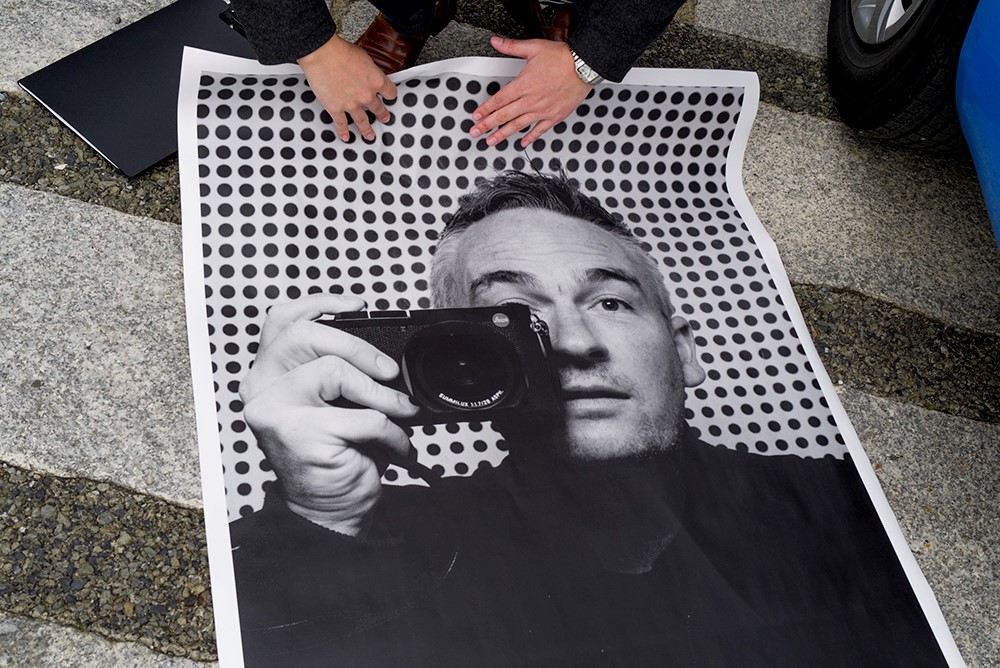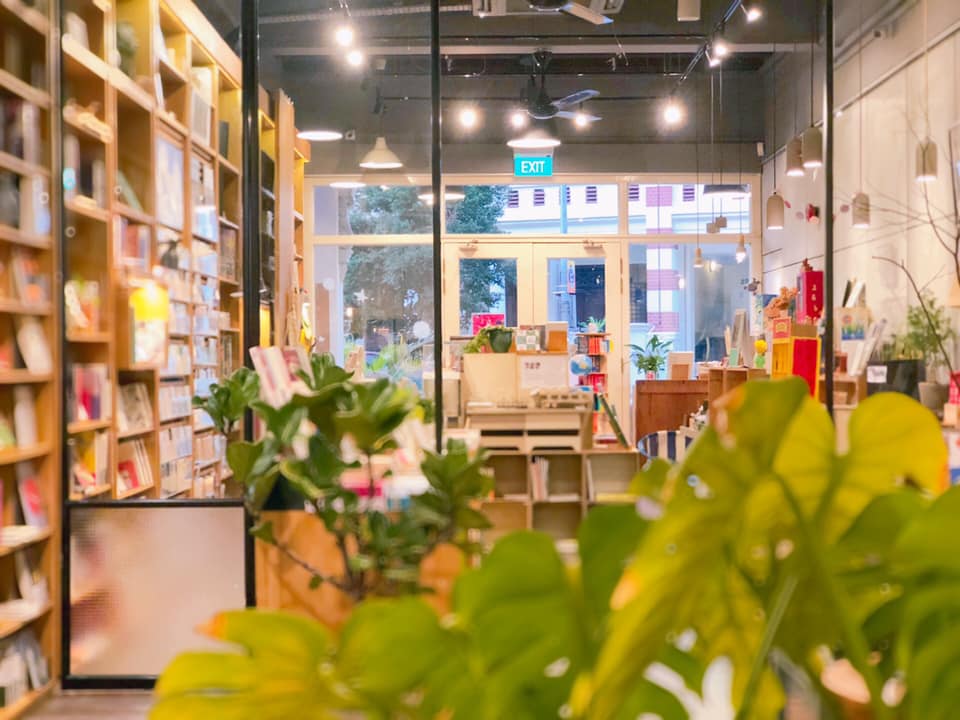We all know nothing compares to Asian horror—but how much of their histories and nuances do we really understand, beyond the superficial portrayals of our most dreaded ghosts? At State of Motion 2019: A Fear of Monsters, your worst nightmares are being pulled apart for in-depth interrogation.
Organised by the Asian Film Archive (AFA), the fourth edition of the annual film and visual arts series is going beyond just film screenings. State of Motion 2019 happens Jan 25-Feb 24, and marries contemporary art and cinema history, to delve into the multi-faceted sides of horror—as shaped by pop culture through the years. And for the first time, it features new and old works from contemporary Southeast Asian artists.
As part of the programme, a separate film history exhibition at the National Library Building serves as a good primer to Southeast Asian horror films. But it’s the contemporary art exhibition at 11 Kampong Bugis that makes for a worthwhile day (or night) out.
Curated by Kathleen Ditzig and spread across two buildings, the show includes installations and video works that reimagine the on-screen monsters who shaped our consciousness growing up. By forcing its viewers to climb steep flights and navigate dusty corridors in order to view the artworks hidden within, it fully utilises the eerie space to dramatic effect. For those who want a little more hand-holding (figurative and possibly literal), guided night tours around the space are available.
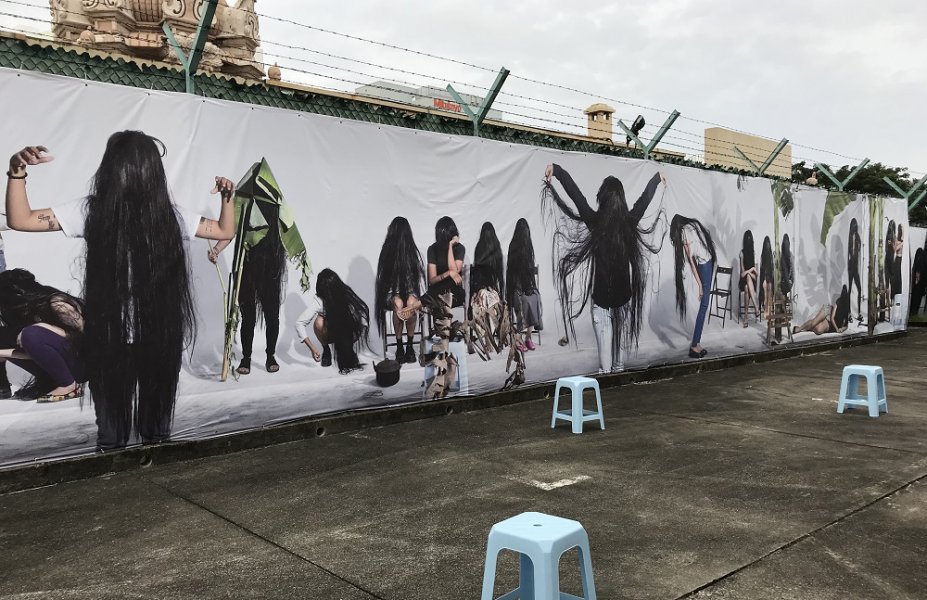
Once you enter the space, it’s hard to miss Yee I-Lann’s Like the Banana Tree at the Gate. The mural at the front of the building features a community of Pontianaks—portrayed in everyday clothing and stances. All she retains is the Pontianak’s trademark unruly black hair that, when viewed in a group, comically strips her of all individuality.
The Pontianak has been at the centre of feminist theory for a long time now, but Yee takes the idea of the monstrous feminine a step further with her frustrated body language. Each Pontianak is depicted mid-gesture or waiting—not unlike the scare actors at the most recent Halloween Horror Nights, who lurked at intervals, in the shadows of a fake banana plantation, for their turn to terrify a new group of visitors. No longer is the Pontianak an angry, vengeful Malay woman; she’s kind of just bored.
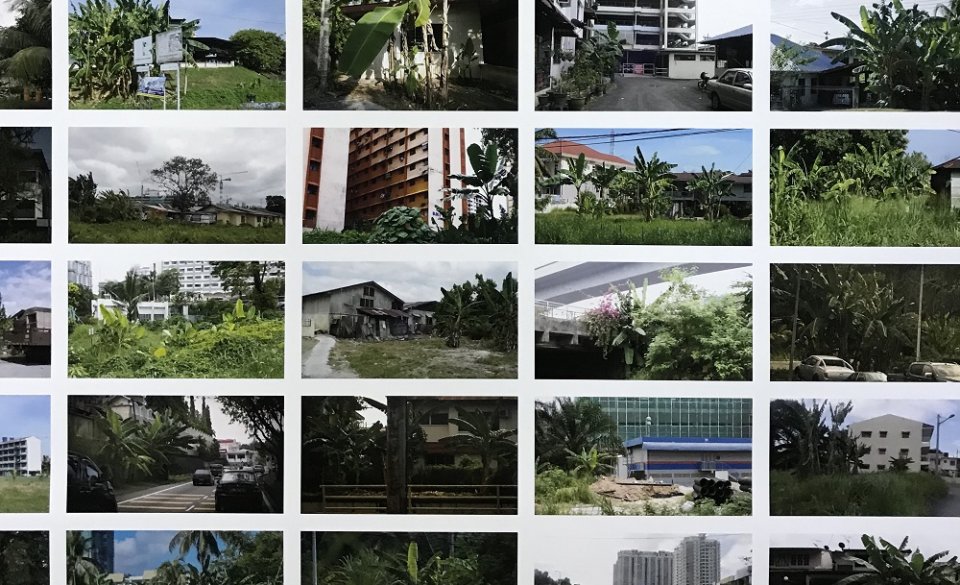
Yee’s work continues inside in three parts. Another has you searching intently for a Pontianak amongst 238 images of banana tree plantations on the wall—only to realise that she and her sisters are right behind you in a separate work; a brilliant curating effort on Ditzig’s part.
For those who’ve feared the Orang Minyak, or Oily Man, all their life, artist Fyerool Darma exposes how little need there really is to do so. Sonic piece Stairway to heaven takes the fabled mantra one would use to turn into the Oily Man and spins it into scarves—revealing the easy commodification of fear into friendly consumer products. Set against the 1996 film’s soundtrack, reinterpreted as a Pop Yeh Yeh song, the piece also takes a deeper look at the transmutation of the Orang Minyak across language and market boundaries—from a cautionary tale to a literal superhero in the 1976 film The Oily Maniac, produced for the Hong Kong market. The monster’s dark narrative of doing a deal-gone-wrong with the Devil and turning into a serial rapist becomes diluted for the sake of entertainment, and his complicated history is lost. It seems even monsters aren’t excepted from cultural appropriation.
It’s not all literal horror too. The exhibition moves from artistic explorations of seminal horror icons, to more nuanced manifestations of what’s horrifying in history and human behaviour. German-Vietnamese artist Sung Tieu’s No Gods, No Masters & Newspaper 1969–2017, for example, recovers lost monsters of history. At the centre of the piece is a lesser-known tape called Ghost Tape No. 10—produced by the American army during the Vietnam War, it emulated a fallen Viet Cong officer as a ghost speaking to his comrades. The tape was broadcasted from American GI backpacks on the battlefield, and would so confuse the Viet Cong that they would expose their positions, making them easier to kill.
While a mix of the insidious tape is played as the soundtrack in the room, Sung’s installation also comprises a video work of interviews conducted as her research, as well as a “newspaper” emulating the journalistic styles of old Vietnamese broadsheets through the years. The paper is her commentary on the state of press at the time—an era considered the Golden Age of Journalism, yet full of lacunas seeing how the American tactics were not exposed then.
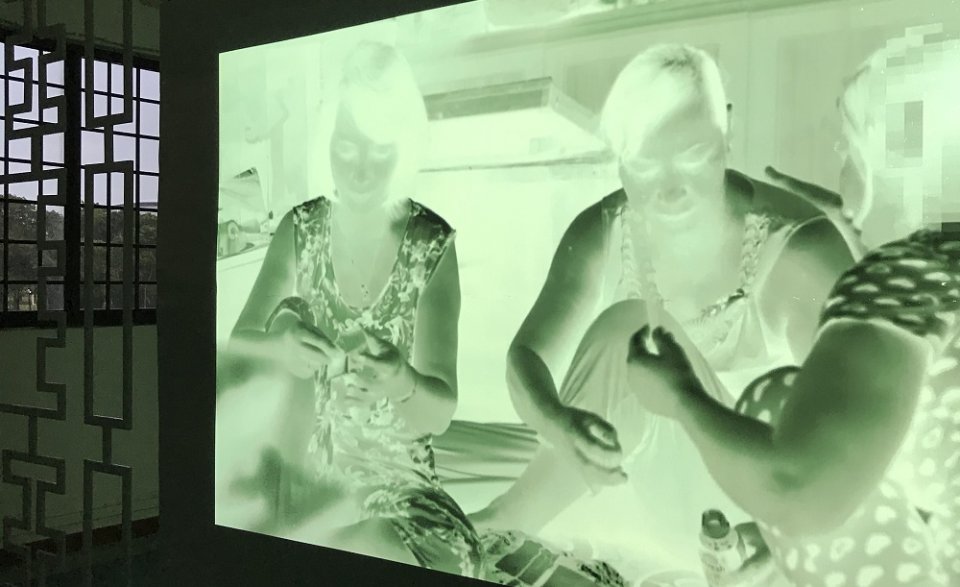
No Gods, No Masters & Newspaper 1969–2017
Other works not to miss include Shubigi Rao’s The Yellow Scarf, a new commission that, via the symbol of the strangler tree, excavates the horrific histories of the Indian assassin cult Thugee—their crimes, but also their dismantling by the British colonial administration, and racist connotations of “thugs” that have evolved from them since.
And if you’re in for a real scare, sit tight for the documentary Student Bodies by Ho Rui An, which chronicles an evolution of the status of the student—but through disconcerting sound design as an homage to horror movie-making. Throughout the film, the narrator “speaks” in warped, mechanic noises and low groans that bring to mind the iconic croaking of ghosts in The Grudge. “There is no language to that,” explained Ditzig. “It’s the language of the machine; it’s language of history speaking out to you. It’s literally the ghost in the machine.” Stay till the end for a chilling surprise.
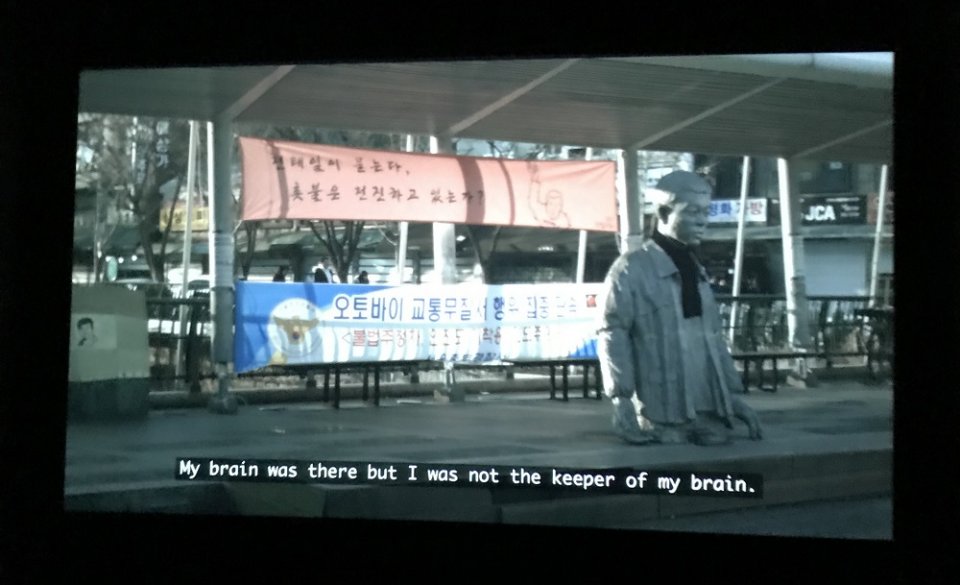
Student Bodies
The exhibition, which launched during Singapore Art Week, is wonderfully put together; but its venue is also a prize find. As you wander through 11 Kampong Bugis, a site with its own layered histories that once housed offices, film production houses, and staff of Kallang Gasworks, don’t be startled if you find the hairs on your arm standing, or a chill running down your spine. It’s probably just your imagination.
At State of Motion 2019: A Fear of Monsters runs from Jan 25-Feb 24 at 11 Kampong Bugis. Tours are $8 per person starting from 7:30pm nightly. More information available here.


